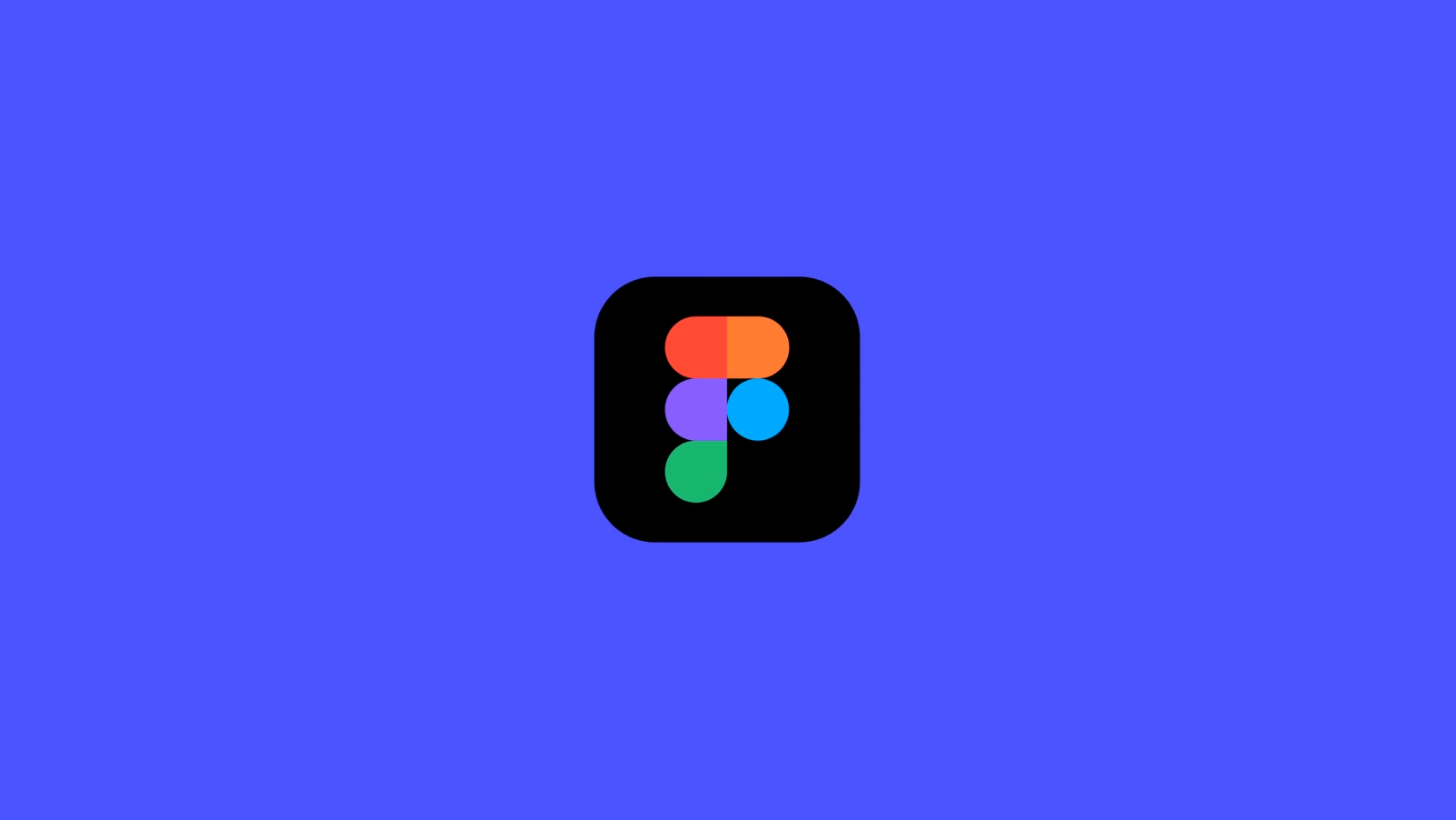After skyrocketing 250% when it debuted on the New York Stock Exchange last week, design software company Figma – regarded as hottest name on Wall Street – traded 27% lower in overnight trading.
While Figma expected its shares to open between US$30 and US$33, the stock opened at $85 on Thursday under the ticker FIG, and on Friday traded above $120.
However, after yesterday's share market rout, the stock dropped $33.40 to end Monday’s trading session at US$88.60.
The latest tech company to hit the public markets after a protracted initial public offering (IPO) drought, Figma completed a US$1.2 billion IPO.
The market’s initial reception to Figma suggests a renewed appetite on Wall Street for high-growth technology companies after a historically slow stretch for initial public offerings.
Founded in 2012 by then 32-year-old tech whizz Dylan Field, Figma is a design tool that lets teams collaborate in real time on digital products such as websites and apps.
However, Figma’s customer base extends well beyond its initial target, with two-thirds of the 13 million monthly active users being non-designers.
In 2018, the company was valued at US$115 million.
While Adobe attempted to buy the company for US$20 billion in 2022, the deal subsequently fell over after UK regulators claimed the acquisition would likely harm competition.
However, what the failed bid did was underscore the value of the business, which last year was valued at double the failed Adobe deal.
Like other software services, Figma grew rapidly during COVID and includes Uber Technologies and Square among its clients.
The company’s browser-based tools operate seamlessly across numerous platforms as opposed to competing products that only work on an app or desktop.
Within an updated IPO prospectus, Figma told the market to expect second-quarter revenue to increase about 40% from a year earlier.
However, unlike many technology companies that have gone public over the past several years, Figma has regularly posted profits.
Figma’s fully diluted valuation is around US$56 billion, almost triple the amount Adobe agreed to pay in its 2022 acquisition offer.
Figma posted revenue of US$228.2 million in the quarter ended March 31, up 46% year-on-year, putting it on a US$913 million annual revenue run rate.
The current market translates into a price-to-sales multiple of over 60x, far above mature peers like Adobe at about 7.5 times forward sales.
Meanwhile, emerging AI-native tools, including those from companies such as OpenAI, are seen as likely disruptors to traditional design platforms and could potentially reduce market share for incumbents like Figma.

Join our community of decision-makers. No card required
Join now

